According to legendary bodybuilder Rich Piana, only about 5% of the people in the world have the talent, vision, and grit to achieve their goals and become their fully actualized, ideal selves.
It was for the sake of this exceptional 5% that he founded the supplement company, 5% Nutrition, and identified its mission to provide this elite minority of go-getters with equally elite supplements of incomparable purity and efficacy.
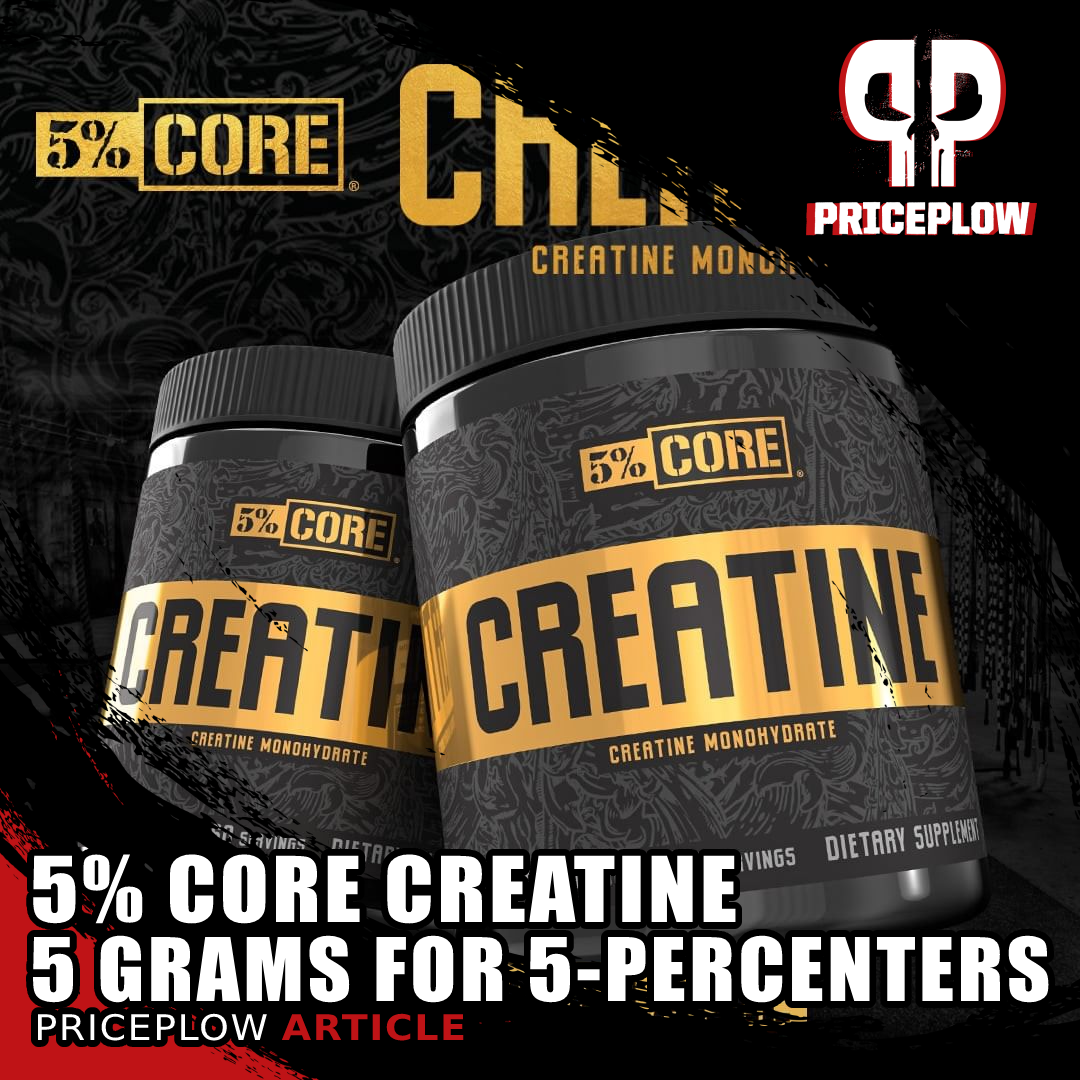
5 grams for 5-Percenters! 5% Nutrition's Core Creatine -- a pure creatine monohydrate supplement -- is here
It goes without saying that such a mission couldn't be fulfilled without a quality creatine supplement. Creatine is such a powerful aid for physical performance (and possibly mental performance) that someone who's serious about reaching their potential in any pursuit should consider giving creatine supplementation a try.
5% Nutrition Core Creatine: An Unflavored Creatine Monohydrate
5% Nutrition already has their epic (and semi-outrageous) Crea-TEN formula, which has ten forms of creatine inside, but that's a flavored supplement, and some customers were simply asking for an unflavored creatine supplement to add to their Kill It pre-workout or All Day You May amino feeder.
So they responded, and added 5% Core Creatine to the 5% Nutrition Core Line.
Let's check in on prices and availability (creatine's been harder to come by lately), then give a refresher on creatine:
Rich Piana 5% Nutrition Core Creatine – Deals and Price Drop Alerts
Get Price Alerts
No spam, no scams.
Disclosure: PricePlow relies on pricing from stores with which we have a business relationship. We work hard to keep pricing current, but you may find a better offer.
Posts are sponsored in part by the retailers and/or brands listed on this page.
Since each serving of 5% Nutrition Core Creatine has 5 grams of creatine monohydrate, and that's it, let's dig right into creatine:
Creatine: A Primer
Creatine is a three-part complex of methionine, arginine, and glycine. As a phosphate donor, creatine gives your mitochondria the phosphate groups they need to produce adenosine triphosphate (ATP),[1] the body's basic unit of cellular energy.
Optimal ATP production is crucial because ATP is consumed by every process our bodies perform, from muscular contractions[2] to cognition.
Pretty much everybody has heard that creatine can improve athletic performance,[3] and the basic reason this is the case is that the more creatine your body has ready at hand, the more ATP it can produce during exercise, which is especially important when glycogen stores are running low.[4]
Dosing Creatine
Creatine requirements vary somewhat from individual to individual. Factors in a person's ideal creatine intake include:
- Body weight and muscle mass
- Daily intake of meat (the best dietary source of creatine)
- Daily activity level
The bigger you are, the less meat you eat, and the more you exercise, the more creatine supplementation you'll need to achieve creatine saturation — where the organic compound stores in your muscles are totally full and topped off.
What is Creatine Saturation?
The average man's body can store as much as 160 grams of creatine.[1,5] But the amount of creatine actually stored by the average male is only about 120 grams,[1] meaning that most of us are quite a ways off from full saturation.
The vast majority of stored creatine is located in muscle tissue, but the brain and reproductive organs need the compound too, together storing about 5% of the body's overall creatine supply.[6]
How much creatine do we lose daily?
The average human body eliminates about 1.7% of its creatine stores each day,[7,8] meaning that the average man will lose about 2 grams daily, with the average woman losing about 80% of that.[9] Of course, as we discussed above, this number can go up if you're bigger than average..[9]
Do we need a creatine supplement?
Creatine does occur naturally in foods, with red meat being the best commonly-eaten whole-food source by far. One pound of raw beef contains about 2 grams of creatine,[10] so the average man has to eat about a pound of beef daily just to maintain his stores. Or, he could eat a couple pounds of chicken, which contains 1.5 grams of creatine per pound.[11]
Herring deserves a special mention, as it contains a whopping 3 to 4.5 grams of creatine per pound[12] – so if you want to start creatine maxing, herring would be a great food to eat. But of course, herring is not a part of the typical American's diet, so most people will probably have to make special arrangements in order to eat it on a regular basis.
Sadly, the creatine intake of the average American doesn't come anywhere close to what's required for creatine saturation. On average, men consume about 1 gram of creatine daily, while women only get about 0.70 grams.[13]
The human body can synthesize some creatine to cover the rest of our daily requirement, but not much – typically, about 1 gram of creatine is produced by our bodies each day.[14]
So, on average, American adults are just barely breaking even on their creatine balance – not an ideal state of affairs, considering the importance of creatine and ATP production for basic metabolic function.
How to achieve creatine saturation
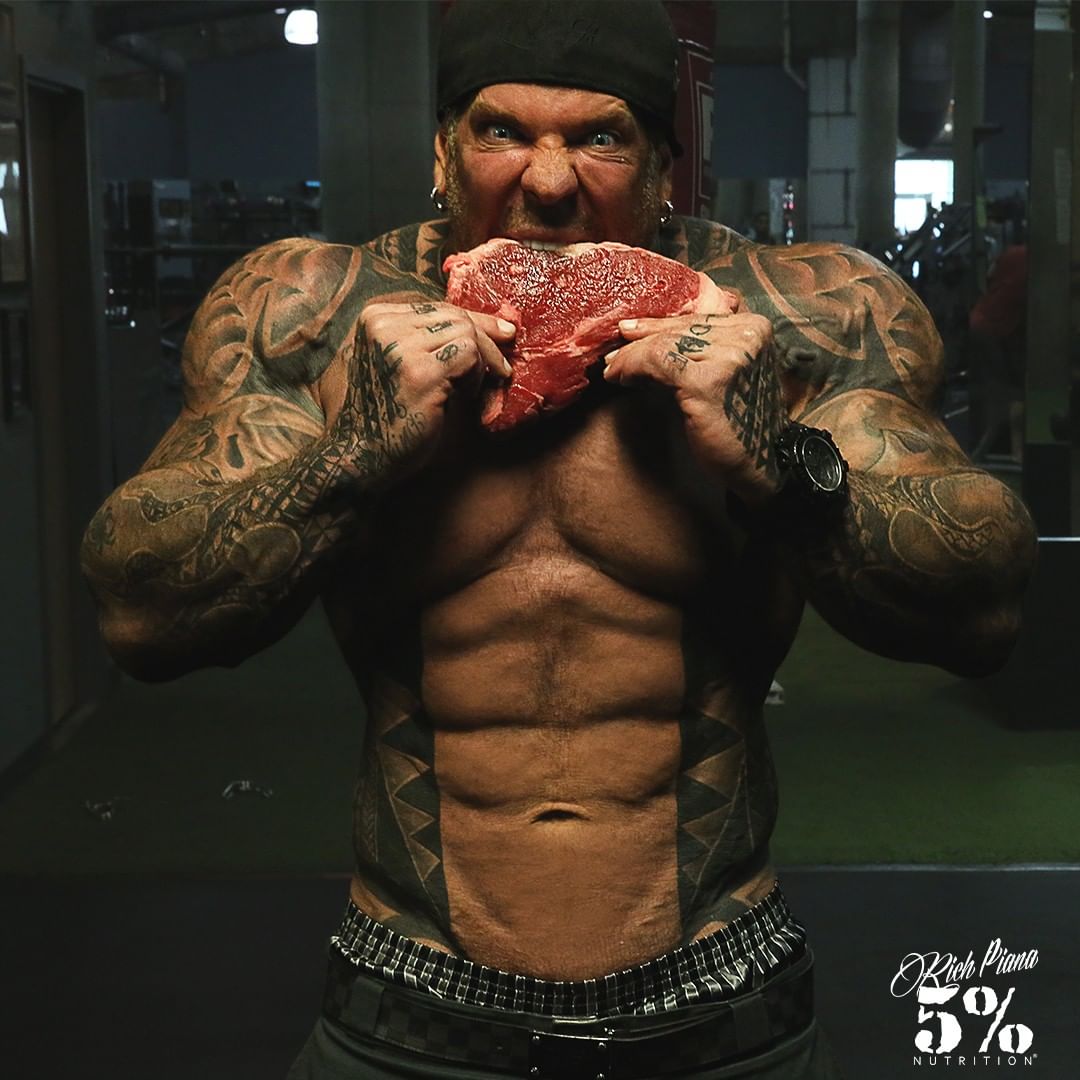
How much creatine you need to get to saturation depends on a few factors, including how much meat you eat
What we want to do is achieve creatine saturation and then maintain it. The popular method for doing this, handed down from time immemorial by untold generations of bro scientists, is to take a massive 20 gram dose for 5 days, and then a maintenance dose of 5 grams daily after that.
Thinking about the math we discussed above can illustrate the logic behind this approach: If the average man has stored about 120 grams of creatine and needs 160 grams to achieve saturation, that means that he needs to have a net creatine intake of 40 grams.
Since the daily requirement for our average male is about 2 grams of creatine per day, a 20 gram daily dose gets him 18 grams of net creatine intake. Over the course of 5 days, he will take in 90 more grams of creatine than he loses, which is way more than enough to cover the 40-gram deficit that's predicted by the data.
However, if you don't want to do this, for whatever reason, taking a standard 5 gram dose of creatine daily will ultimately have the same effect. In that case your net creatine intake is 3 grams per day, meaning you can close that 40-gram deficit in a matter of weeks.
But remember: that's an average. If you're tall, jacked, and very active, it's quite possible that your daily creatine requirement will be closer to 5 grams than 2 grams. In that case, it might be difficult for you to achieve full saturation without the initial "loading phase" megadosing.
So what does creatine actually do for us?
Because of creatine's role as a phosphate donor in ATP production, and the fact that ATP is required by and consumed by every metabolic process in the body, it probably isn't that surprising to most readers that creatine supplementation can have a ton of wide-ranging health benefits.
Literally hundreds of published journal articles have examined creatine's ability to increase athletic performance, and the consensus is overwhelmingly positive. One research review published in 2003 summed up the results of about 300 different experiments and found that creatine supplementation can improve any given aspect of athletic performance by somewhere between 5% and 15%.[15]
For example, supplementing with creatine monohydrate (the most common form of creatine) can:
- Increase max power output by 5-15%[15]
- Increase the number of reps in a maximal effort set by 5-15%[15]
- Increase the total work performed in a sprinting session by 5-15%[15]
- Increase performance during a single maximal effort sprint by 1-5%[15]
Even since 2003 there have been dozens, if not hundreds, of additional high-powered studies on the subject, with roughly similar results.
Creatine’s short-term benefits
Other research has found that creatine can improve total work performed (i.e., the overall expenditure of energy during an exercise session, measured in joules or calories) during bench press and squats. It also increases power output (the rate at which work is done, measured in watts) during cycling and improves overall performance during sprinting, swimming, and soccer.[15,17-23]
Evidentiary support for creatine's use during athletic performance has been found in both men and women.[18,24-27]
Creatine’s long-term benefits
When taken for a long period of time, the benefits of creatine carry over from each workout session and compound. Ultimately, supplementing with creatine can lead not just to increased muscular power, but also more muscle mass.[21-24,28-30] In fact, research has consistently shown that athletes who supplement with creatine can expect to gain about twice as much lean mass as those who don't.[31-34]
The general consensus is that these increased gains are the byproduct of being able to exercise at higher levels of intensity thanks to creatine saturation and increased ATP production. With the incredibly high number of studies that have been done on creatine use in athletes, the research community generally regards creatine as both safe and effective.[35,36]
Creatine’s cognitive benefits
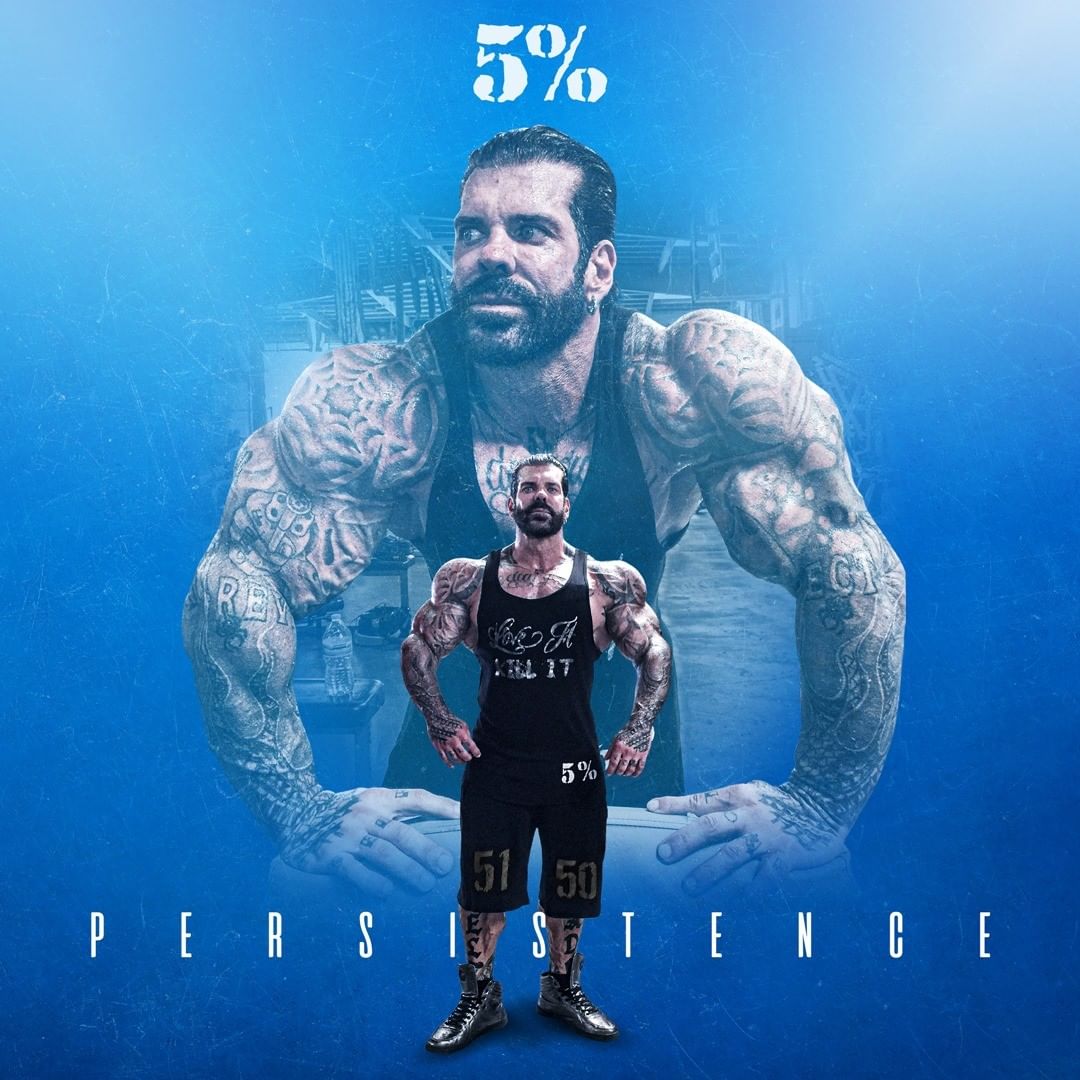
Can Creatine actually help individuals cognitively? The answer is yes, especially if they're low meat eaters
Although this area of research is still in its infancy, the latest scientific evidence suggests that creatine supplementation may have cognitive benefits as well. Neurons need ATP just like any other kind of cell. So, in high-stress states or states of disease and injury, the resulting depletion of neuronal ATP can lead to cognitive impairment, which can potentially be reversed by creatine supplementation.[37]
According to data collected during the National Health and Nutrition Examination Survey (NHANES), a comprehensive study of Americans' dietary habits, conducted from 2005 to 2012, people in the lowest quartile of creatine intake had almost twice the risk of major depressive disorder (MDD) than those in the highest quartile.[38] However, as the authors of this study point out, a potential confounding factor is the fact that foods with lots of creatine invariably contain large amounts of other substances that play a crucial role in brain health, such as vitamin B12.[38]
A 2018 research review looked at six different randomized controlled trials on creatine and cognition and concluded that creatine supplementation may improve short-term memory and reasoning ability, even in healthy individuals.[39] However, much research remains to be done.
Creatine’s safety profile
Of course, creatine wasn't an overnight success. When the supplement first hit the market in the 1990s, it was attended by controversy and misunderstanding that typically follows the introduction of a new ingredient. Fortunately, common sense and rigorous safety studies have carried the day, and the early concerns about creatine supplementation have been all but laid to rest.[35,40-43]

The 5% Nutrition Core Line has really expanded since we first wrote about it in 2021!
The most frequently reported side effect of creatine supplementation is weight gain,[42,44,45] which is kind of funny since gaining weight – at least a certain kind of weight – is the whole point most people take creatine in the first place.
New creatine users often panic when their scale weight creeps up a few pounds, but there's no need for alarm. Because creatine acts like an osmolyte,[46] it significantly increases the water content of your body's cells.[47] This increase in water retention is responsible for the initial increase in body weight most people observe after beginning creatine supplementation.[47] Although this may be aesthetically undesirable for most people, it's harmless and will go away as soon as you stop taking creatine.
Contrary to a popular belief that creatine can increase a person's risk of dehydration and cramping, peer-reviewed scientific research on the subject has found no link between these conditions and creatine supplementation.[35]
In 2007 the Journal of the International Society of Sports Nutrition, having reviewed the entire body of creatine research as it stood at the time, published an official position paper that stated unequivocally,"There is no scientific evidence that the short- or long-term use of creatine monohydrate has any detrimental effects on otherwise healthy individuals."[35]
Although 15 years have passed since then, new research has not managed to rigorously contradict this position. A research review published in 2022 looked at 255 articles and found that creatine monohydrate has "strong evidence to support bioavailability, efficacy, and safety."[36]
In other words, creatine is safe and effective.
Which form of creatine is best?
When it comes to choosing a form of creatine, you really can't go wrong. The longest-used, best-known and most-studied form of creatine by a long shot is creatine monohydrate, with creatine hydrochloride coming in second.
Creatine monohydrate consists of about 88% creatine by weight,[48] the remaining 12% of the weight being water molecules. Creatine hydrochloride is only 78% creatine by weight,[49,50] so pound-for-pound, you get more actual creatine from the monohydrate form.
For the average consumer, creatine monohydrate is, hands down, the best choice to start with. It's vastly cheaper, is backed up by more research, and therefore provides the best value by far, and the best one to start with.
When to take it
There's no clear consensus on creatine's timing. The idea is to keep your levels saturated, so do what works best for you. Many prefer it pre-workout to get some extra ATP production in when needed, and if you can comfortably stack it in with your favorite Rich Piana pre-workout (Kill It, Kill It Reloaded, 5150, and/or Full as F*ck), that may be a good strategy. Otherwise, take it any other time of the day.
If you want a flavored version to take alone, look no further than 5% Nutrition Crea-TEN.
Conclusion: Be it through meat or supplements, creatine is a must
All three commercially available forms of creatine appear to be safe and effective. However, if you wish to err on the side of caution, opt for creatine monohydrate, which is possibly the single most-studied sports nutrition supplement in existence.
We commend 5% Nutrition for putting out their second creatine supplement. We'll always be partial to the downright epic Crea-TEN formulation, but we get it - sometimes you just want 5 grams of good ol' fashioned monohydrate. And now, 5-percenters don't need to feel like traitors to Rich's namesake to get it.
Rich Piana 5% Nutrition Core Creatine – Deals and Price Drop Alerts
Get Price Alerts
No spam, no scams.
Disclosure: PricePlow relies on pricing from stores with which we have a business relationship. We work hard to keep pricing current, but you may find a better offer.
Posts are sponsored in part by the retailers and/or brands listed on this page.
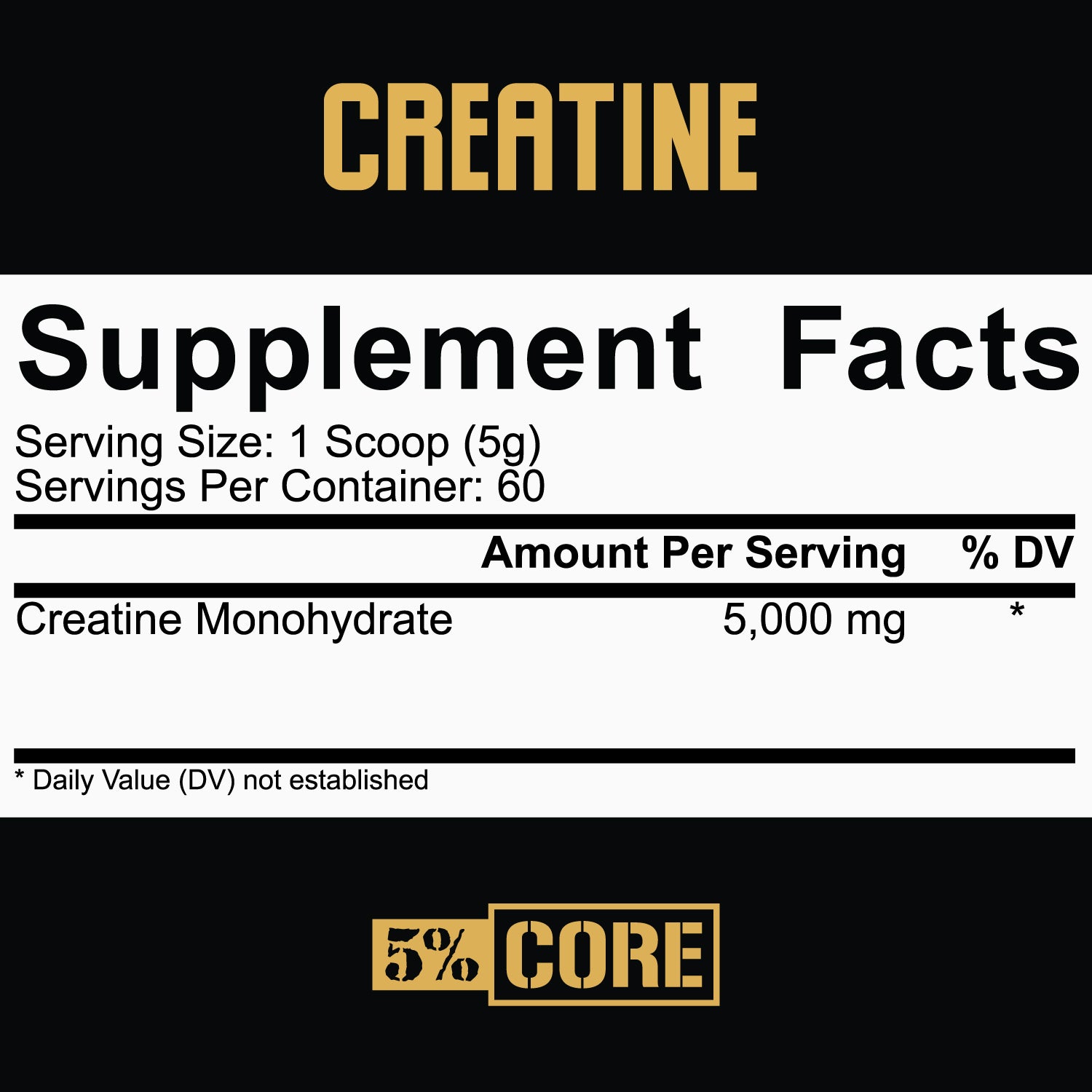
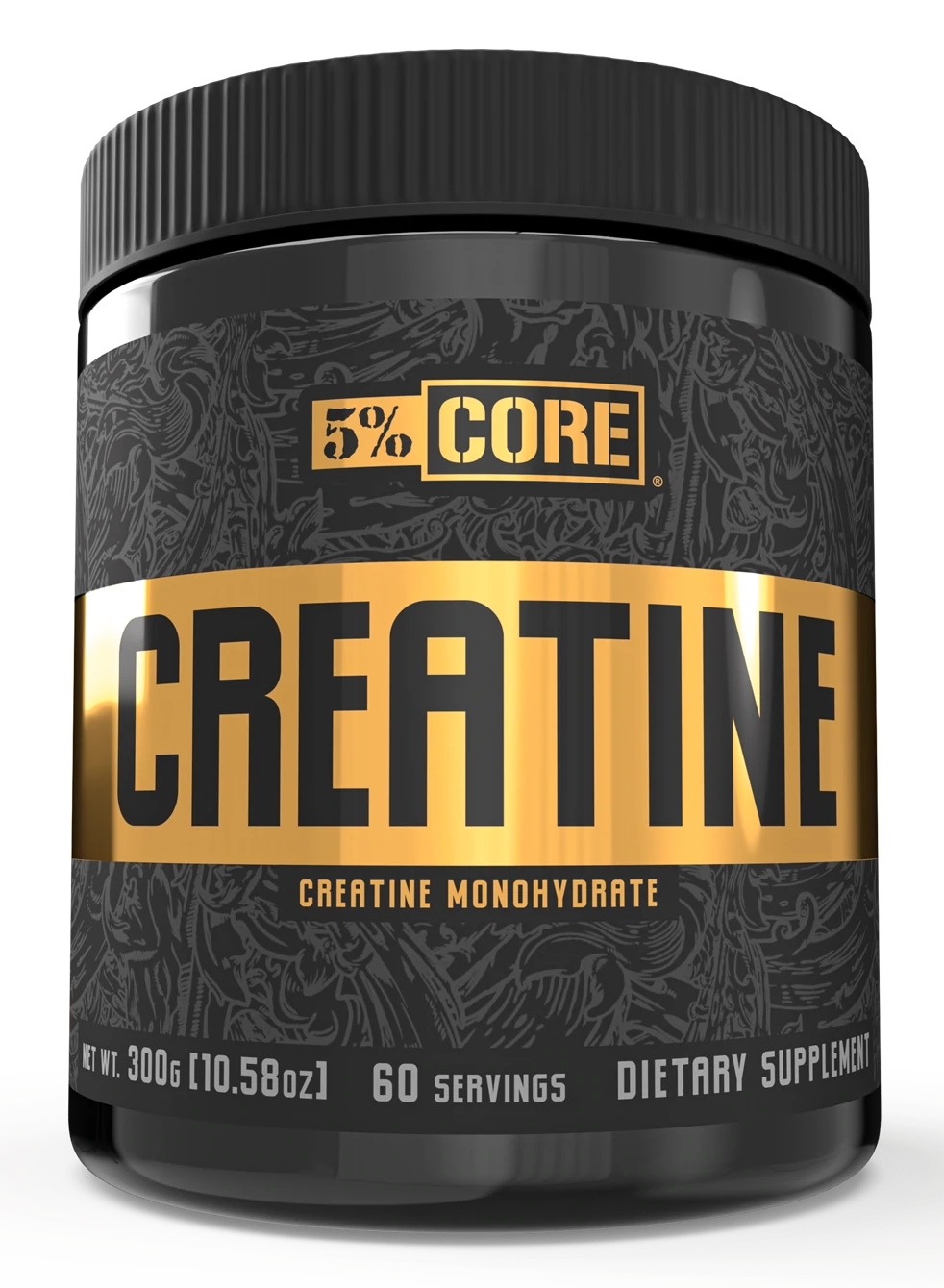
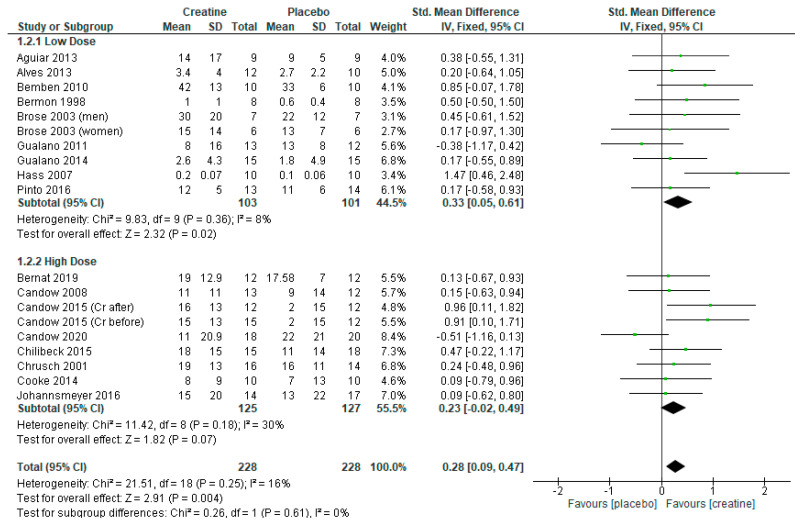
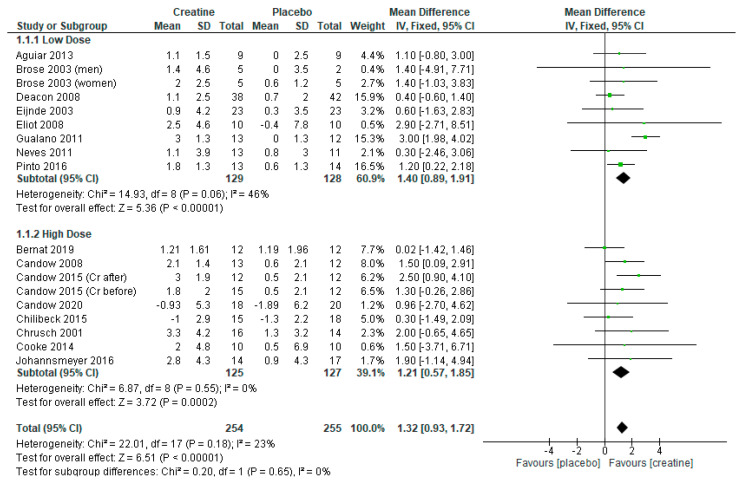
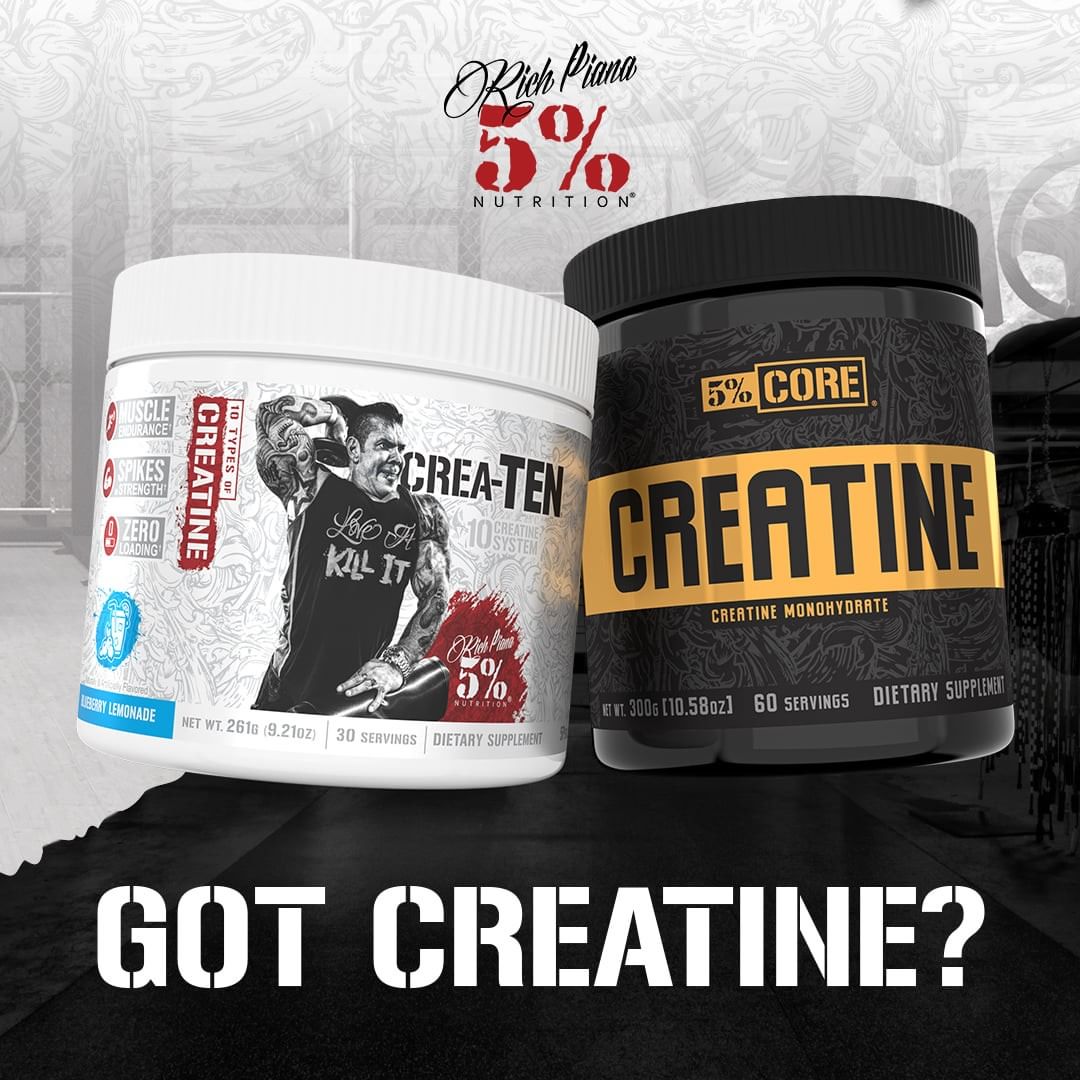
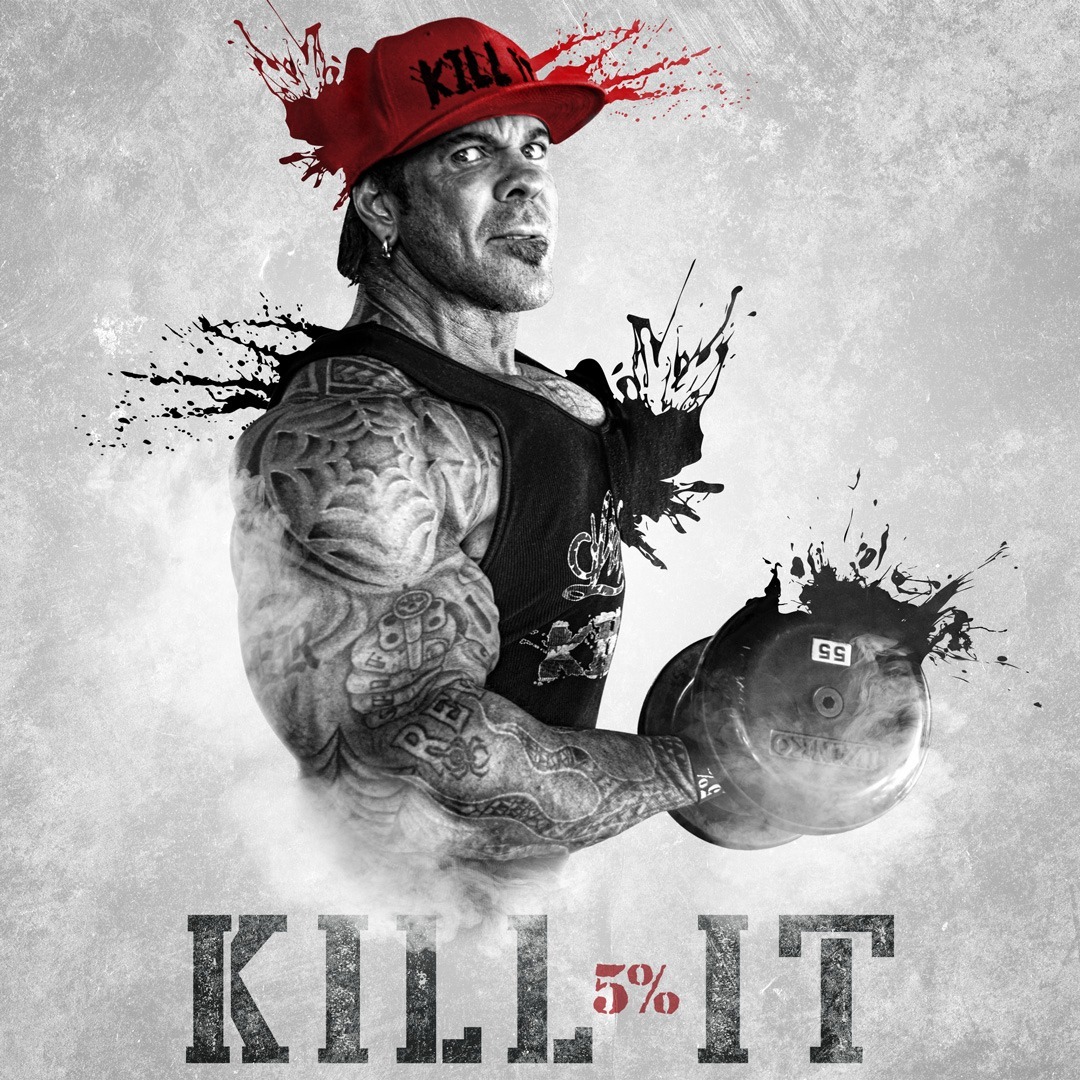
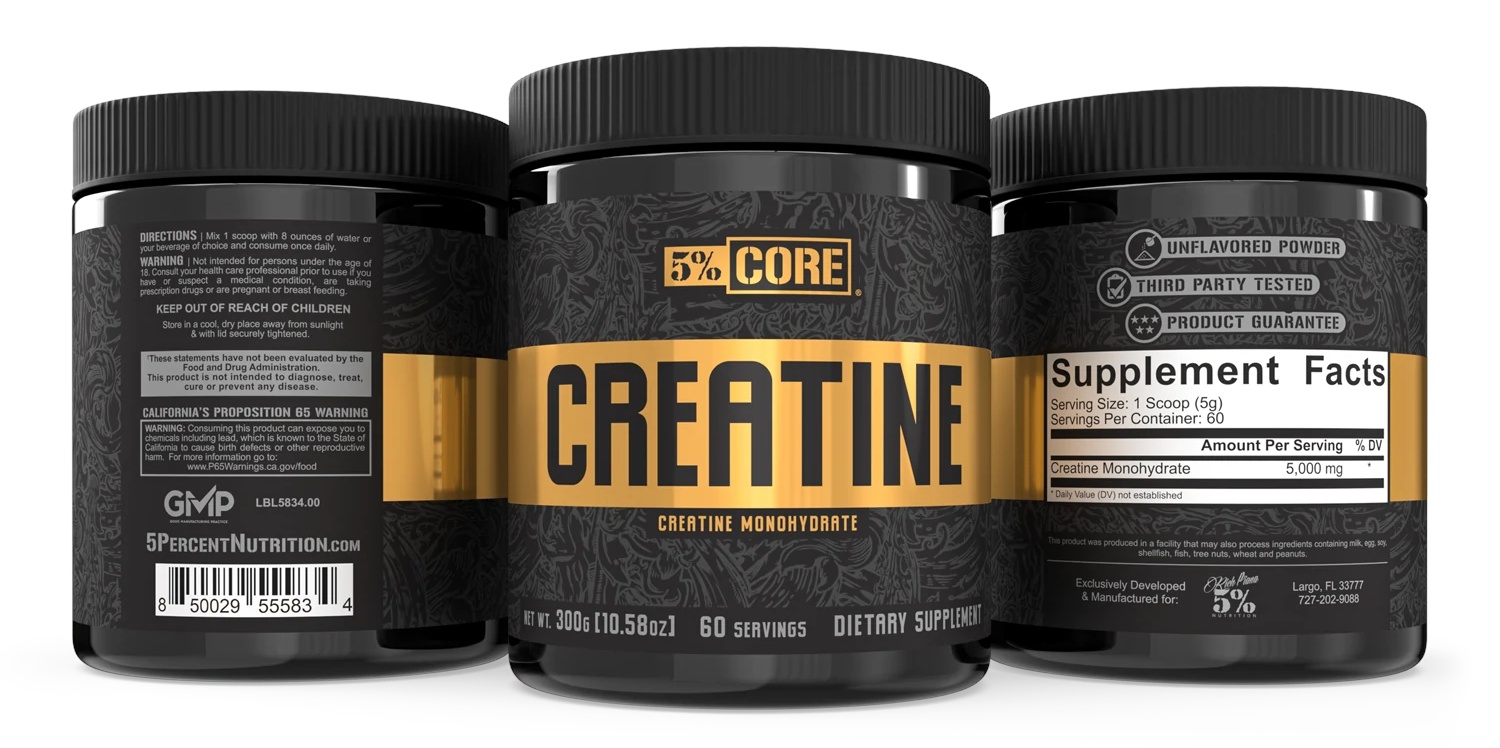


Comments and Discussion (Powered by the PricePlow Forum)